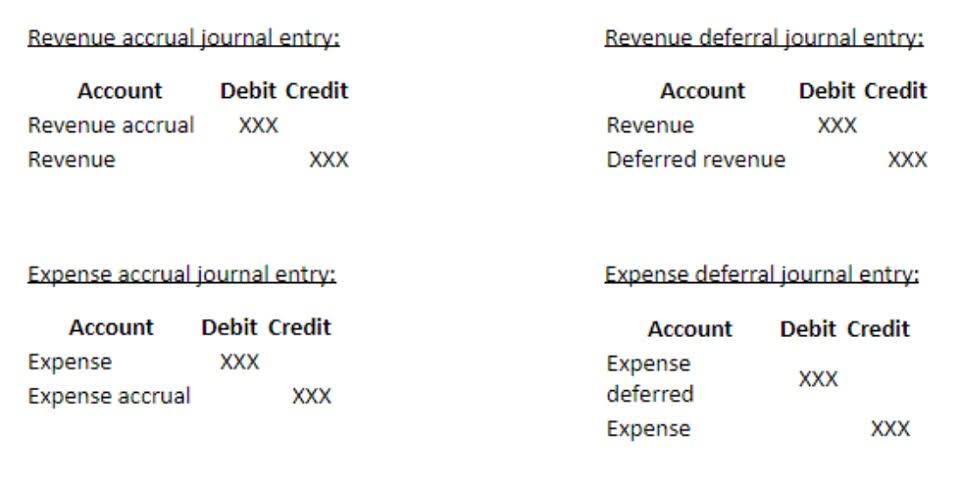
As you can see, the column headings highlighted in green show the expenses by function. Federal grants can provide essential funding for nonprofits, but managing these grants requires a thorough understanding of federal requirements and meticulous compliance. Here’s a comprehensive deep dive into what nonprofit leaders need to know to successfully… In addition to our comprehensive guide to preparing a Statement of Functional Expenses, we offer a wide range of resources on non-profit financial management. Our in-depth guide is designed to assist non-profit organization leaders, financial managers, donors, potential funders, and regulatory bodies.
Report
Your organization can save time, energy, and money by outsourcing these tasks to an accounting firm that specializes in working with nonprofits, like Jitasa. The statement of functional expenses is a critical tool for nonprofits, detailing their expenses across various functional categories. It provides an insightful lens into how an organization manages its finances, ensuring transparency, accountability, and strategic allocation of resources. Program services describe the activities that an organization engages in to further its mission. Nonprofits generally strive to have most expenses fall into the category of program services because it is appealing to donors and grant agencies. Expenses related to fundraising are not program services even though they often exist to fund the mission, however lobbying expenses can be included here if they are directly related to the nonprofit’s tax-exempt status.

Categories of Functional Expenses for Nonprofits
The Statement Of Cash Flows reports on all cash flowing into and out of the nonprofit organization. Specifically, the statement demonstrates the extent to which the organization’s programs and activities generate and use money. Work with the accounting experts at Jitasa to compile and analyze your nonprofit statement income summary of functional expenses.
- All nonprofit organizations in the US are now required to report their expenses based on their functional classification and by the natural classification, as per Financial Accounting Standards Board guidelines.
- If you are not familiar with accounting for businesses or you need a refresher, you will find explanations, practice quizzes, Q&A, and more by visiting our course outline.
- Our in focus resources provide insights with strategic and tactical business improvements while sharing the latest trends across the market.
- Many of your expenses (like salary, rent, and utilities) contribute directly to the execution of multiple functions.
- Nonprofit accounting differs from business accounting, because nonprofits don’t exist to make profits.
Notes to the Financial Statements
These 3 expense categories are mandatory for the IRS, but you may choose to track others internally. For example, “salary” is a straightforward line-item on a for-profit financial report. ORBA will gladly provide you with hard copies of the useful guides listed below.

Using the Chart of Accounts to Classify Functional Expenses in QuickBooks Online
- Because nonprofit accounting is all that we do, we have established policies for handling nonprofit-specific tasks– like functional expense reporting, fund accounting, grant tracking and more.
- The statement of functional expenses is required for you to maintain your tax-exempt status.
- To create your report with the template, list all your natural expense categories in the first column.
- If you want to report your functional expenses properly AND always have audit-ready financial reports at your disposal, an experienced nonprofit accountant can help.
- Get in touch to find out how we can help you with your accounting, tax and financial needs.
- It should be clear when an expense code is used, which functional category the expense is allocated to.
These discussions can lead to renewed commitment for those program activities requiring subsidy and to exploration of different fundraising strategies to support them. Your reports can then tell you how close you are to your plan for each activity and whether you need to make any course corrections. An organization must, at minimum, allocate expenses among program, statement of functional expenses management, and fundraising for purposes of the IRS 990 report and the organization’s audit (if applicable).
- Managing and presenting financial information accurately is essential for any organization.
- Under the accrual basis of accounting, the matching is NOT based on the date that the expenses are paid.
- These 3 expense categories are mandatory for the IRS, but you may choose to track others internally.
- It answers the most important nonprofit organization accounting questions.
- While its main purpose is to ensure compliance with federal and state regulations, analyzing it and applying the insights you glean to your expense allocation and budgeting provides even more value for your organization.
- The chart of accounts consists of balance sheet accounts (assets, liabilities, stockholders’ equity) and income statement accounts (revenues, expenses, gains, losses).
While the definition is straightforward, actual allocation methods are vague and can vary greatly across different organizations. This schedule has provided 23 lines with specific descriptions and guidance of what expenses fall within each category. Then line 24, “other expenses” is where you would report any expenses that did not fall in any of the pre-listed descriptions. Do not include expenses on line 24 that fit into any of the categories on lines 1 to 23. The only expenses which should appear on line 24 are expenses that Bookstime clearly do not fit into a previous category. One key change brought about by this ASU relates to the presentation of a nonprofit’s expenses.


It should be clear when an expense code is used, which functional category the expense is allocated to. It is important to never delete an account that has been used in the current year. A gain is measured by the proceeds from the sale minus the amount shown on the company’s books.
These include expenses for everyday activities like salaries and wages, employee benefits, utilities, accounting, advertising, marketing, equipment, etc. For example, a nonprofit is likely to have a separate general ledger account for each of its bank accounts. It may also have 50 general ledger accounts for each of its major programs, plus many accounts under its fundraising and management and general expense categories. Under the accrual method of accounting, expenses are to be reported in the accounting period in which they best match the related revenues. If that is not clear, then the expenses should be reported in the period in which they are used up. If there is uncertainty as to when an expense is matched or is used up, the amount spent should be reported as an expense in the current period.
Business
Tyler’s extensive background in accounting, tax, and financial consulting set the foundation for Velu’s outsourced accounting solutions for nonprofits and small businesses. As a fractional CFO, he goes beyond routine duties, guiding organizations with strategic insights for sound financial decisions. Velu’s services address the unique challenges faced by nonprofits and small businesses, fostering sustainable growth. Tyler places great emphasis on meticulous attention to detail in financial record-keeping, implementing efficient systems to ensure transparency and streamline operations.
